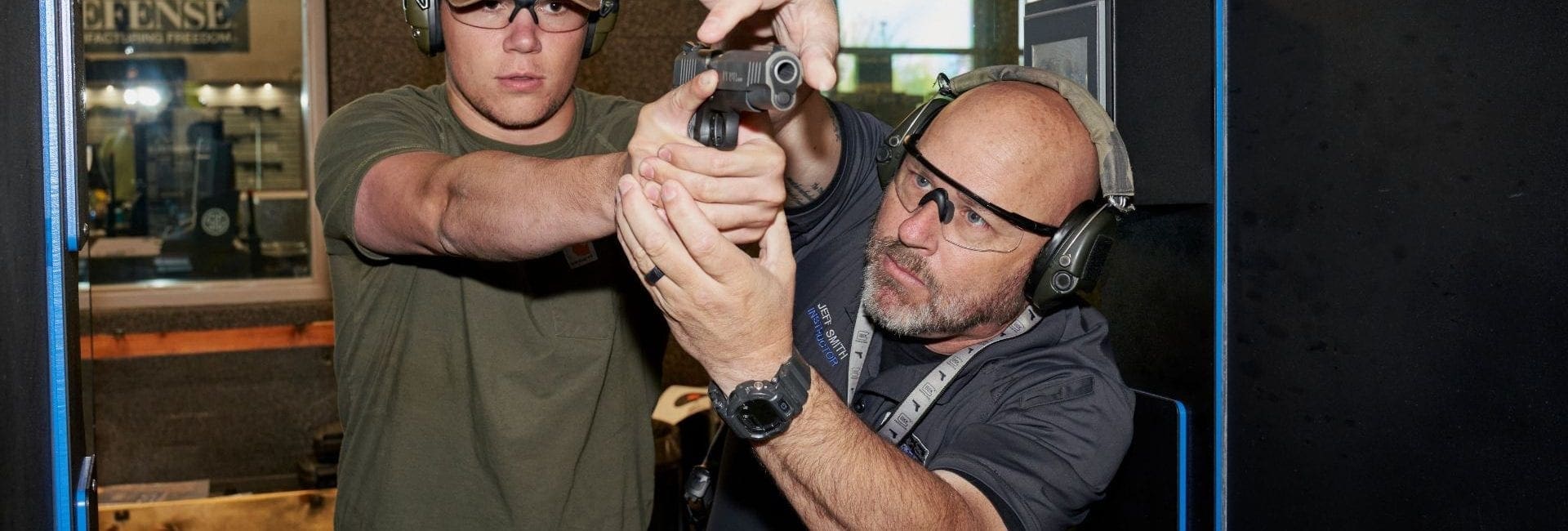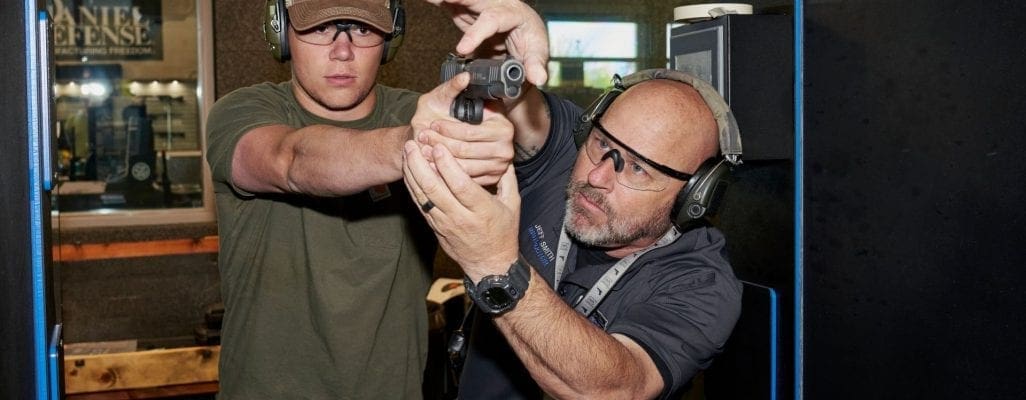As Director of Training at C2 Tactical, I’ve seen thousands of shooters on the line. The difference between safe, squared-away gun handling and dangerous chaos usually comes down to a few simple range habits. Master these, and you’ll keep yourself and everyone around you alive. Ignore them, and you’re one mistake away from disaster.
Muzzle Awareness
Your muzzle points somewhere every second you’re on the range. Keep it in a safe direction, always. That means no sweeping your neighbors, no lazy transitions, and no forgetting where your gun is when you’re “just” adjusting gear.
Trigger Discipline
Finger off the trigger until you are on target and ready to fire. This is the golden rule that prevents 99% of negligent discharges. It’s not optional; it’s muscle memory you need to ingrain.
Situational Scanning
Don’t live in tunnel vision. After every string of fire, scan your environment. Look left, look right, actually see what’s happening. This habit builds awareness and prepares you for the reality that threats don’t come with paper backers.
Communication
Whether you’re training with a buddy or in a full class, clear communication is everything. Call out movements, acknowledge instructions, and don’t assume others can read your mind. Good communication prevents confusion, accidents, and friendly-fire-level mistakes.
Gear Familiarity
Your gun and gear aren’t decorations. They’re tools. Know how your holster works, where your magazines sit, and how to clear a malfunction without hesitation. Fumbling on the line is embarrassing. Fumbling in a real fight can be fatal.
Bottom Line:
Skill beats gear, but safety habits beat ego every single time. Fancy equipment won’t save you if your fundamentals are sloppy, and confidence means nothing if it’s built on bad habits. These five practices aren’t optional. They’re the price of admission for responsible firearms ownership.
At C2 Tactical, we don’t just teach you to hit the target. We teach you to build habits that withstand stress in real life, when it matters most. Anyone can buy the latest holster, optic, or tricked-out rifle. Very few take the time to ingrain the mindset and discipline that separates professionals from pretenders.
The shooters who last, the ones people trust to share a firing line, to train with, and to stand beside when it’s serious, are the ones who live these habits every day. That’s what we build here. That’s what keeps you alive.

